While push-ups are one of the best total-body exercises you can do, they are also very easy to do incorrectly. If you’re new to this exercise or have a hard time doing them, here are easy push-up progressions you can do to eventually perform a full push-up.
Push-ups are one of the most common exercises to be executed with poor form. Exercising with bad form puts you at a higher risk of getting injured or creating bad posture such as a hunched back, rounded shoulders or forward neck.
However, when push-ups are done properly, the results are fantastic. You can create a stronger upper body with toned arms, shoulders and core, while also strengthening your back, glutes, and legs too.
Push-ups require no equipment at all, and take very little time to do. If you workout at home or travel a lot, push-ups are one of the best go-to exercises for you to stay strong, lean and toned.
The progressions shown here will help you learn proper form, and take you from beginner to expert while avoiding common injuries and frustration.
High Incline Push-Ups

- Stand at the back of a sturdy chair and place your hands on the outer corners of the top of the chair.
- Step your feet back until your body forms a straight line from shoulders to toes and your arms are perpendicular to your body.
- Keeping your body as straight and as tight as possible, lower your chest towards the top of the chair.
- Inhale as you lower, exhale as you press up.
Low Incline Push-Ups
- Turn the chair around so it’s facing you and place your hands on the front edge of the seat of the chair.
- Step your feet back until your body forms a straight line.
- Keeping your body as straight and as tight as possible, lower your chest towards the seat of the chair.
- Press back up to the top and flex your arms.
- Inhale as you lower, exhale as you press up.
Knee Modified Push-Ups
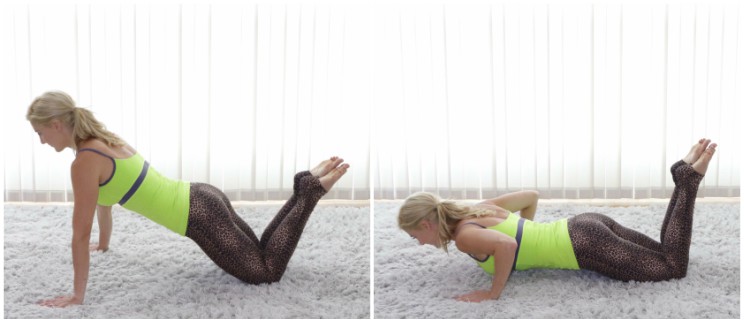
- Start in a plank position, making sure your hands are directly below your shoulders and wider than shoulder width apart.
- Bend your knees until they rest on the ground.
- Point your toes up towards the ceiling.
- Bend your elbows to lower your chest towards the ground, stopping when you are about 1 inch off the ground.
- Press back to the top without moving your hips up or down, the goal is to maintain a straight line from shoulders to knees.
Single Knee Modified Push-Ups
Having the support from one knee will take a small amount of resistance off your core and upper body. This is a good middle step between modified and full push-ups.
- Start in a plank position, making sure your hands are directly below your shoulders and wider than shoulder width apart.
- Place one knee on the ground, pointing your toes to the ceiling.
- Bend your elbows to lower down into the push-up.
- Press your palms down into the ground as you rise back up to the starting position without moving anything other than your arms.
- Push lightly into the ground with your knee as you press up to assist the push-up, but do not lift or tilt your hips.
- Do half your number of reps on one side, then switch to the other side for symmetry.
Full Push-Ups
You’re now ready for the real thing! Here are some key coaching cues to make sure you get the best results:
- Start in a plank position, making sure your hands are directly below your shoulders and wider than shoulder width apart.
- Your feet should be about the same distance apart.
- Tighten your core and hips to maintain a straight line from shoulders to feet.
- Look straight down at the ground but lift your chin slightly to keep your neck in a neutral position.
- Bend your elbows to lower down into the push-up.
- Press back to the top with a big exhale, flex your arms, chest and core.
- Repeat for reps, making sure to use full range of motion with each repetition. (Lower 1 inch from the ground). When you can no longer maintain form or the depth of the reps, then choose the next modification down so that you can finish all the reps with good form.
Note: Modify Your Form If…
- You get stuck, meaning you cannot press back up from the bottom (1 inch above the ground).
- You cannot lower all the way down without moving your core or hips.
- You cannot keep your neck in the neutral position.
- Your shoulder blades collapse towards each other as you lower down.
- Your lower back is bending too much and you cannot maintain a straight line from shoulders to hips.
If any of these things are happening, then regress to the push-up form that suits you best. Work with that for a few weeks until you feel that you are gaining strength and feel ready to progress.
Final Notes
No matter what your starting point, you can find the variation that best fits your current strength level and work towards more advanced progressions.
Jumping ahead to perform variations that our bodies are not yet ready to perform, is one of the leading causes of poor form and injuries.
However, if you can already do 10-15 consecutive standard push-ups without resting, then you may be ready to move on to some more advanced push-up variations.
As with any type of workout, it’s best to schedule in rest and recovery time. So aim to revisit your push-up practice once every 2-3 days rather than every day in a row or just once in awhile with long breaks between.
Consistency and persistence are key to getting the best results from your efforts.
(Your Next Workout: How to Do a Pull-Up)


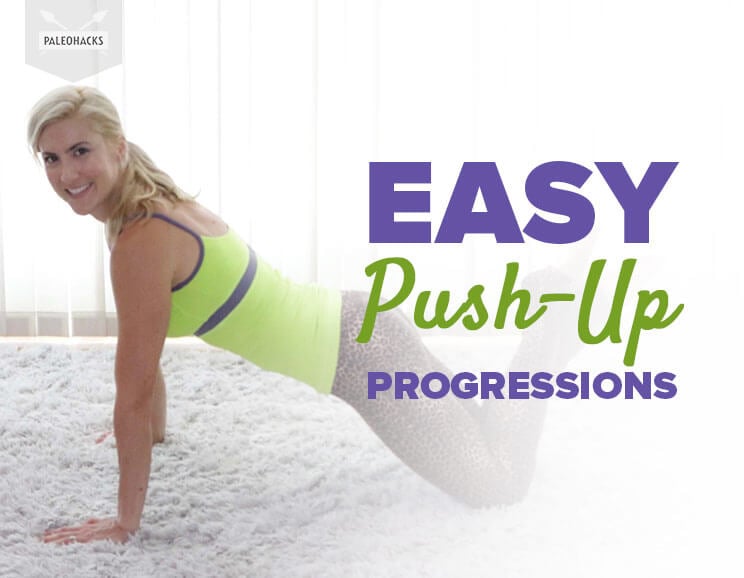
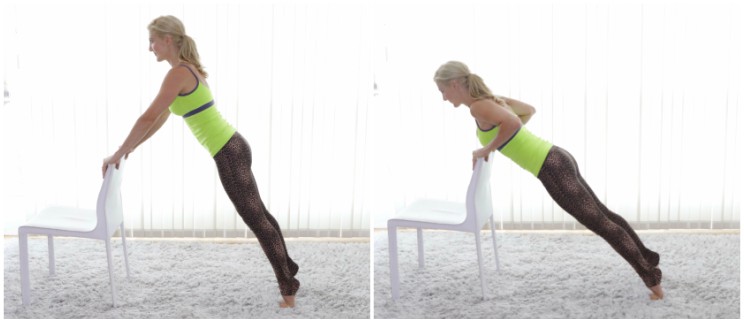
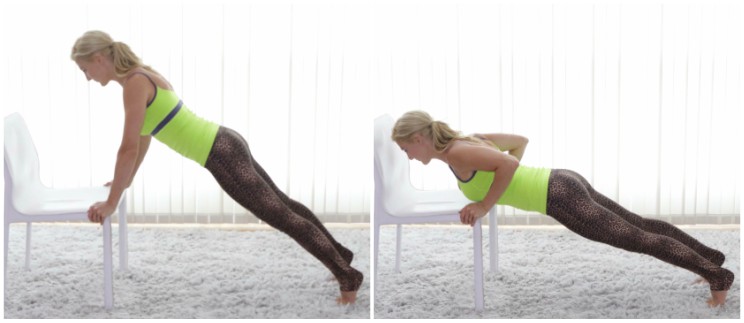
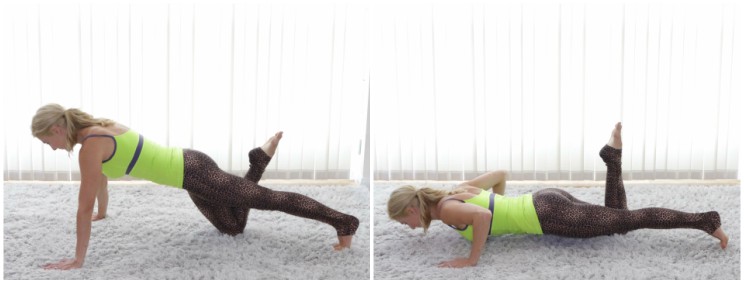
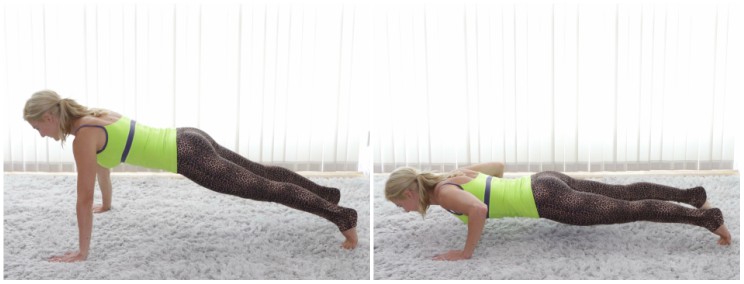
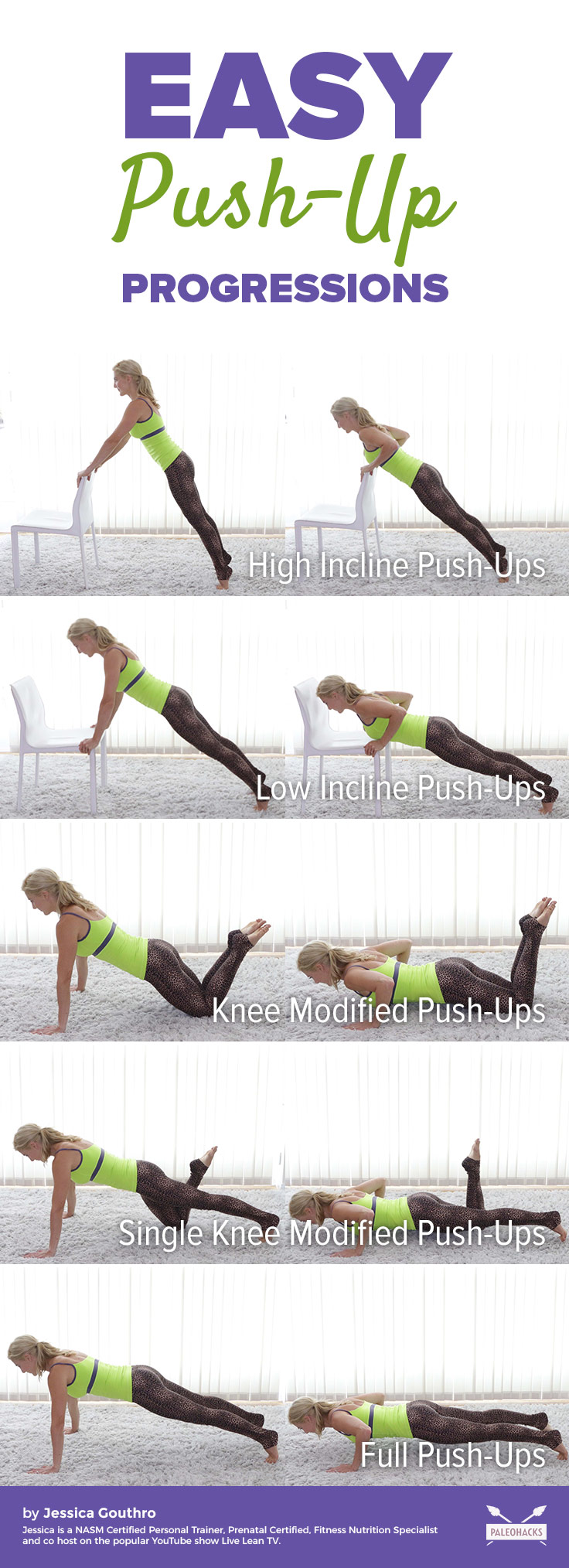
 Zucchini Noodles with Meatless Mushroom Sauce
Zucchini Noodles with Meatless Mushroom Sauce


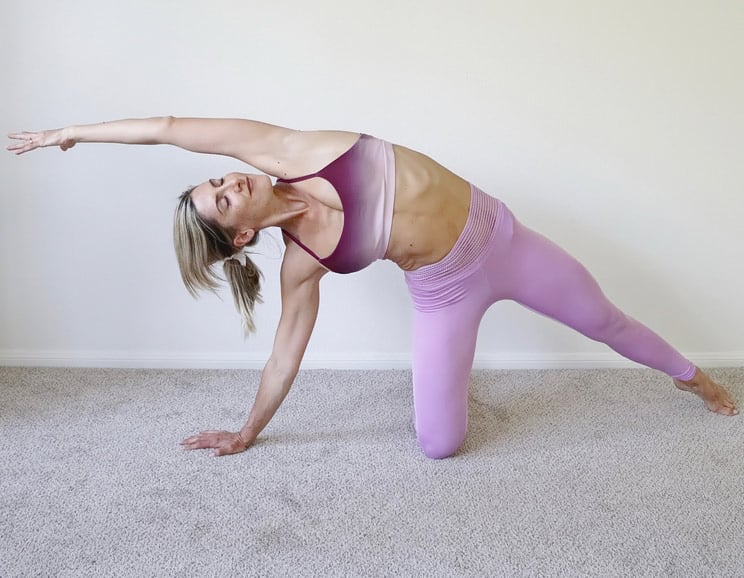
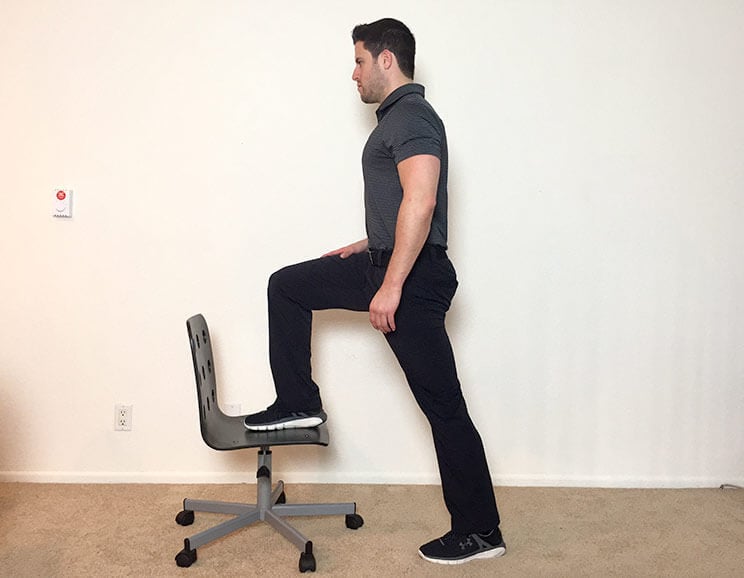
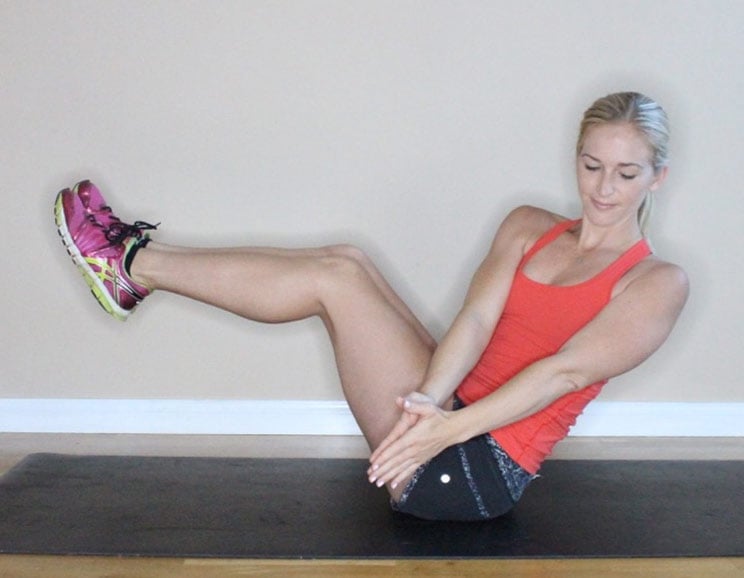
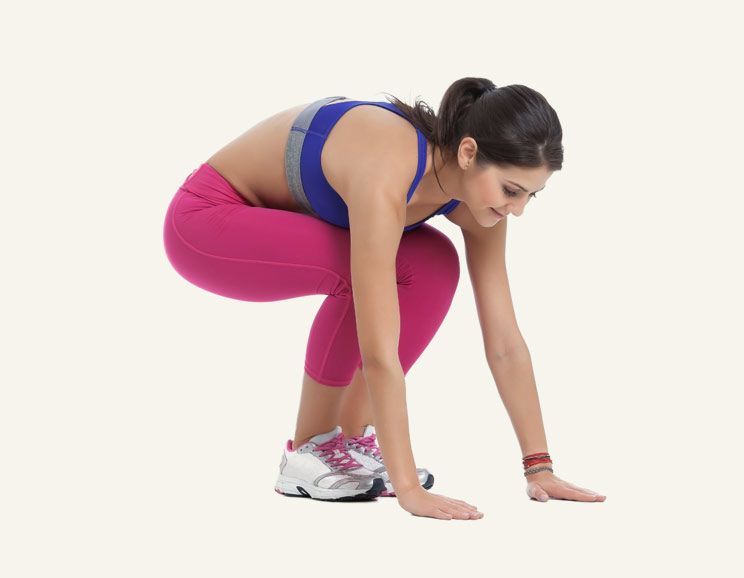

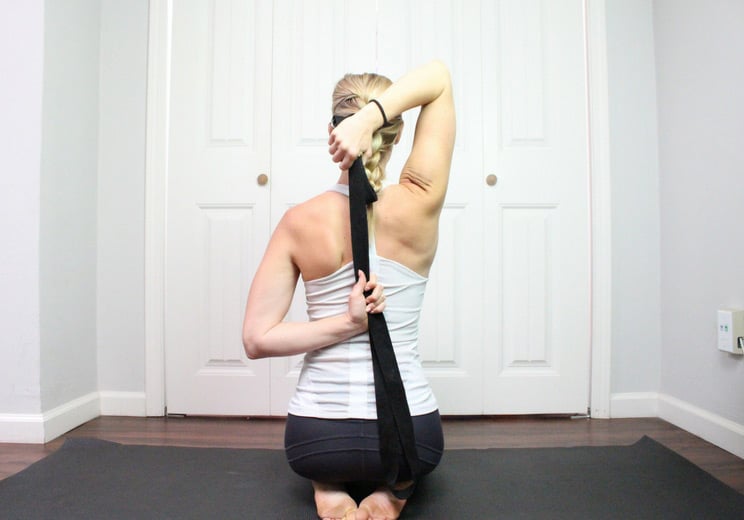

Show Comments